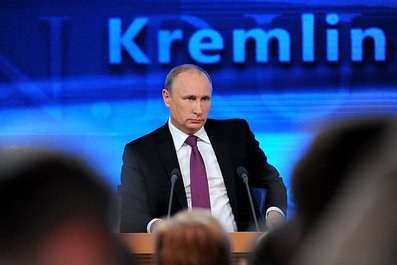by David Parmer
All over the world nations project power with immense armies, legions of armored vehicles, swift attack helicopters and sleek jet aircraft. Viewing these forces we might be tempted to think that sea power is a remnant of history at best. But in the geopolitics of Asia we must look to the sea. From Vladivostok in the north to the Strait of Malacca in the south to the Pacific and Indian oceans, water, and not vast steppes, is the key geographical feature. Navies, far from being a thing of the past are the mobile chess pieces with which countries will vie for their strategic goals. And naval technology is constantly evolving to keep up with ever-changing military/political scenarios unfolding on the watery surface of our planet.
This week we will take a look at three ships designed to project force and further national interest. First we will look at Taiwan, then China and finally the United States.
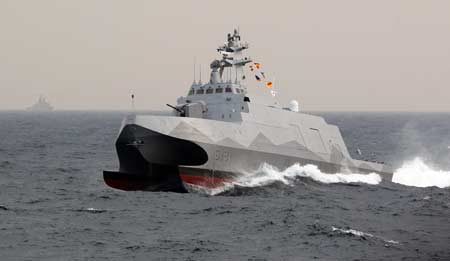
Taiwan Tuo Jiang Corvette (Photo: China Post)
In March 2014 the Taiwan navy took delivery of the first of its new Tuo Jiang class High Efficiency Wave Piercing Catamarans. The Tuo Jiang is a 500 ton twin hull boat that is capable of speeds up to 38kts and has a range of 2,000 nautical miles. The boat carries a crew of 41 and packs a variety of lethal weapons systems. These include eight HF-3 supersonic anti-ship missiles, eight HF-2 anti-ship missiles, six M-32 torpedoes, a primary 76mm gun in front, a Close In Weapons System (CIWS) and two 12.7mm machine guns.
The vessel’s speed, stealth configuration and weapons systems have led it to be dubbed the “carrier killer.” Analysts see the Tuo Jiang vessels (and a total of 12 are now scheduled to be built) as Taiwan adopting the doctrine of asymmetric warfare against its biggest potential rival, the PRC. The doctrine of asymmetric warfare lets a smaller or less technologically advanced adversary use unconventional weapons and tactics to deal with its larger rival. The above-mentioned speed, stealth and weapons package make the Tuo Jiang a formidable adversary for bigger, more conventional naval hardware. The PRC, however, is reported to have a fleet of 60 similar, swift vessels matching the Tuo Jiang.
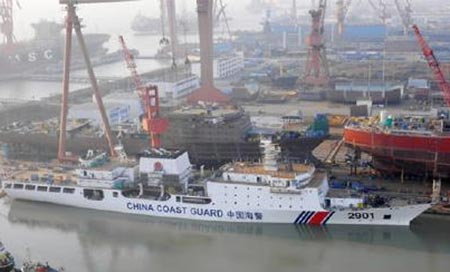 China Coast Guard Cutter Haijing (Photo: WantChina Times)
China Coast Guard Cutter Haijing (Photo: WantChina Times)
While Taiwan and the U.S. (see below) are exploring smaller and faster vessels to further their strategic game plans, China is going for big. The China Coast Guard (CCG) has ordered two 10,000 ton cutters (12,000 tons loaded), the first, the Haijing 2901 is already in the water at the Shanghai Jiangnan Shipyards and painted with CCG colors. These two will be the largest CG vessels in the world-and certainly larger than Japan’s Shikishima class cutters. Tops speed is reported to be 25kts.
Initial reports said the vessels would be armed with powerful water cannon, but now armament is listed as a 76mm rapid- fire naval gun, two secondary turrets and two AA machine guns. When completed these ships will certainly be deployed in the disputed Diaoyu/Senkaku area of the East China Sea where they would signal the PRC’s intentions and determination, if not shift the balance of power in the area.
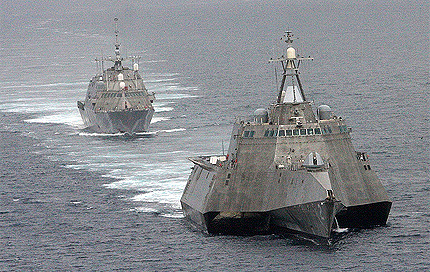 USS Independence (LCS 2-front) and USS Freedom (LCS 1-rear) (Photo: Naval Technology.com)
USS Independence (LCS 2-front) and USS Freedom (LCS 1-rear) (Photo: Naval Technology.com)
In keeping with the trend for smaller, faster and mission-versatile requirements, the U.S. Navy adopted two versions of the Littoral Combat Ship (LCS). The Navy opted for two versions of these vessels designed to operate in shallow water and near-shore littoral zones. The first is the monohull Freedom class designed by Lockheed-Martin, and the second is the Independence class trimaran built by General Dynamics/Astal USA. The first Freedom class ship entered service in 2008 and the first Independence class ship entered service in 2009. Although the ships vary greatly, they have the same modular mission concept. The ships are designed to be able to switch “modules” to handle a variety of missions and challenges. These mission modules include:
- Surface warfare
- Anti-submarine warfare
- Mine countermeasures
- Irregular warfare
Both ships have a top speed of 40kts, carry a crew of 98, and have 2 MH-60 helicopters. Armament consists of a 57mm gun, 21-RIM-116 missiles and 4X50.cal machine guns.
Production of LCSs was originally set at 55 ships, but as of 2014 this has been scaled back to 32. There is now talk of building a next generation of Small Surface Combatants (SSC) based on the LCS hull. Export of the LCS has not gotten much beyond the interest level by foreign governments.
http://thediplomat.com/2014/03/taiwan-receives-first-carrier-killer-ship/
http://www.wantchinatimes.com/news-subclass-cnt.aspx?id=20141216000064&cid=1101
http://www.naval-technology.com/projects/littoral/
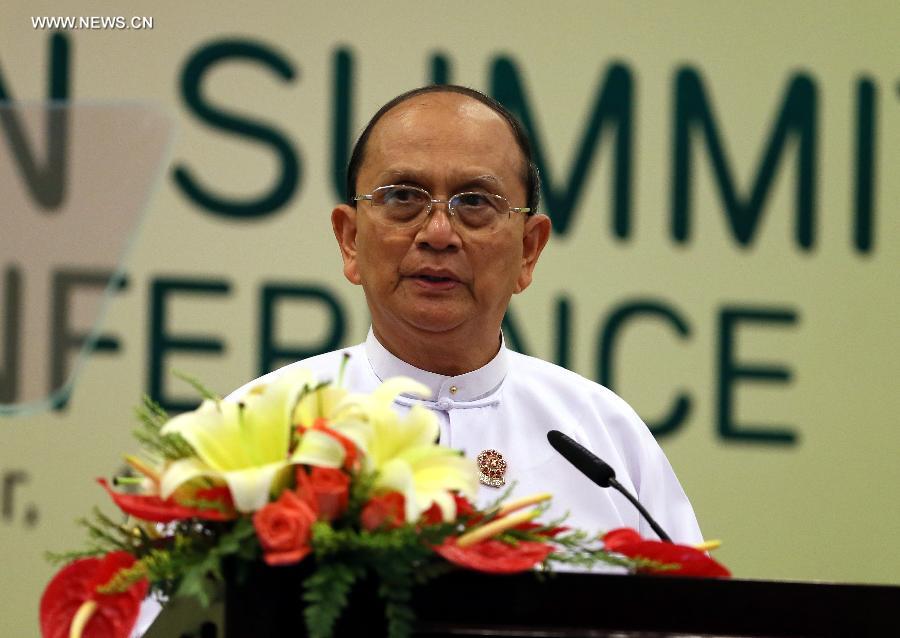
 日本語
日本語 English
English 中国語
中国語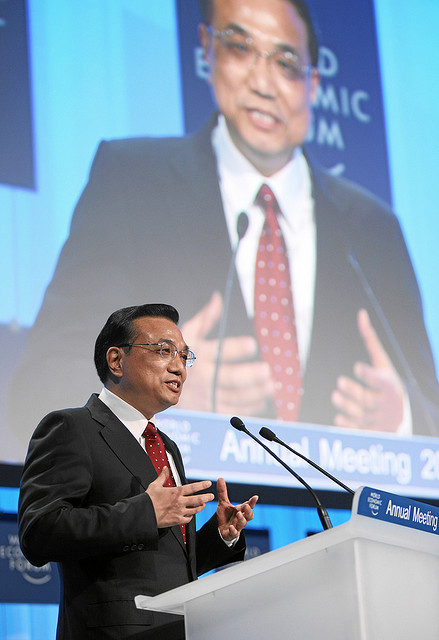
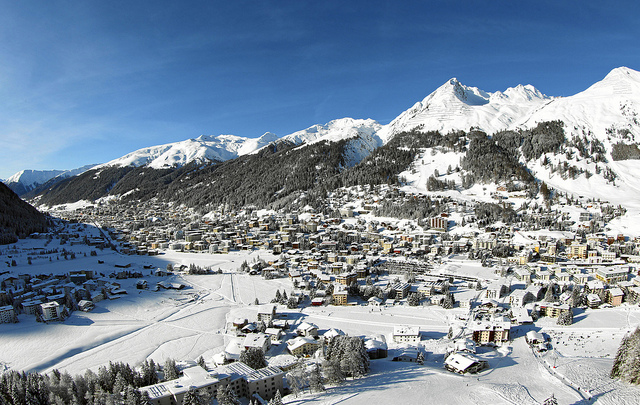
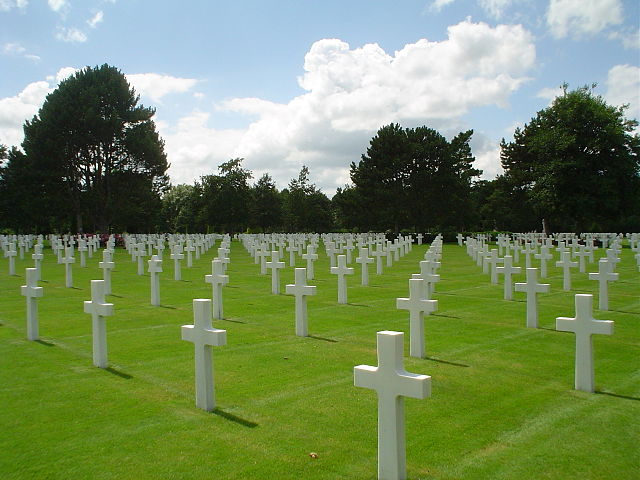

 China Coast Guard Cutter Haijing (Photo: WantChina Times)
China Coast Guard Cutter Haijing (Photo: WantChina Times) USS Independence (LCS 2-front) and USS Freedom (LCS 1-rear) (Photo: Naval Technology.com)
USS Independence (LCS 2-front) and USS Freedom (LCS 1-rear) (Photo: Naval Technology.com)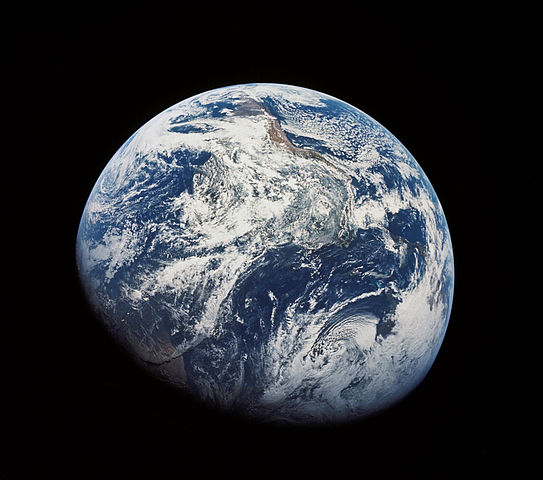
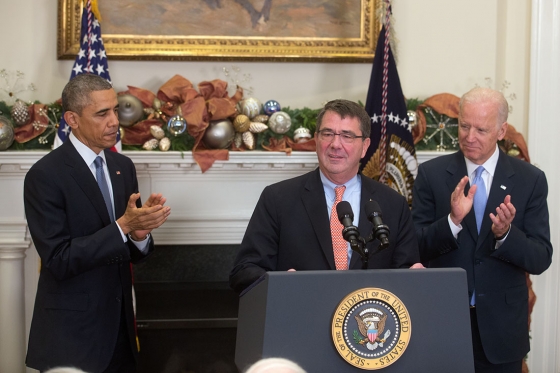 Introducing Ashton Carter (Photo: White House Gov.)
Introducing Ashton Carter (Photo: White House Gov.)